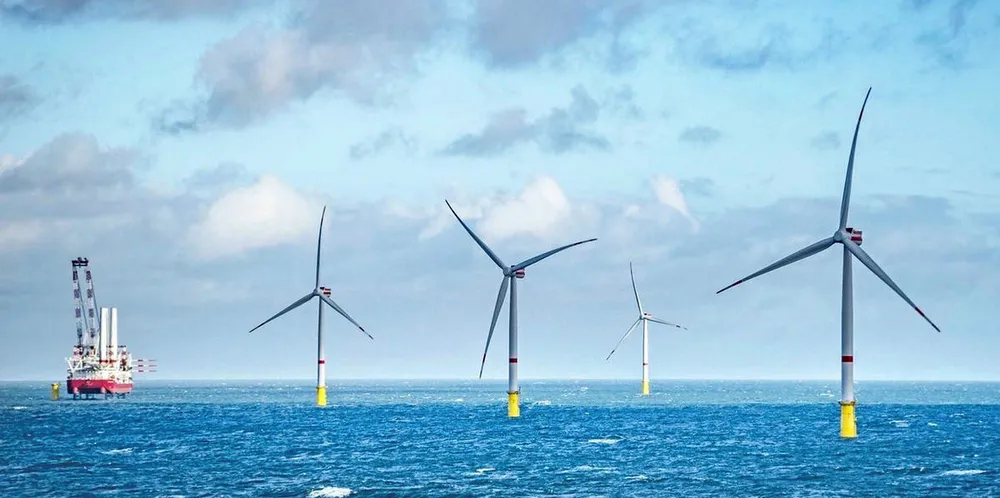First utility-scale US offshore wind farm seals grid connection deal to export power
Agreement between Vineyard Wind and transmission system operator ISO New England key step for delayed project off Massachusetts

Agreement between Vineyard Wind and transmission system operator ISO New England key step for delayed project off Massachusetts
